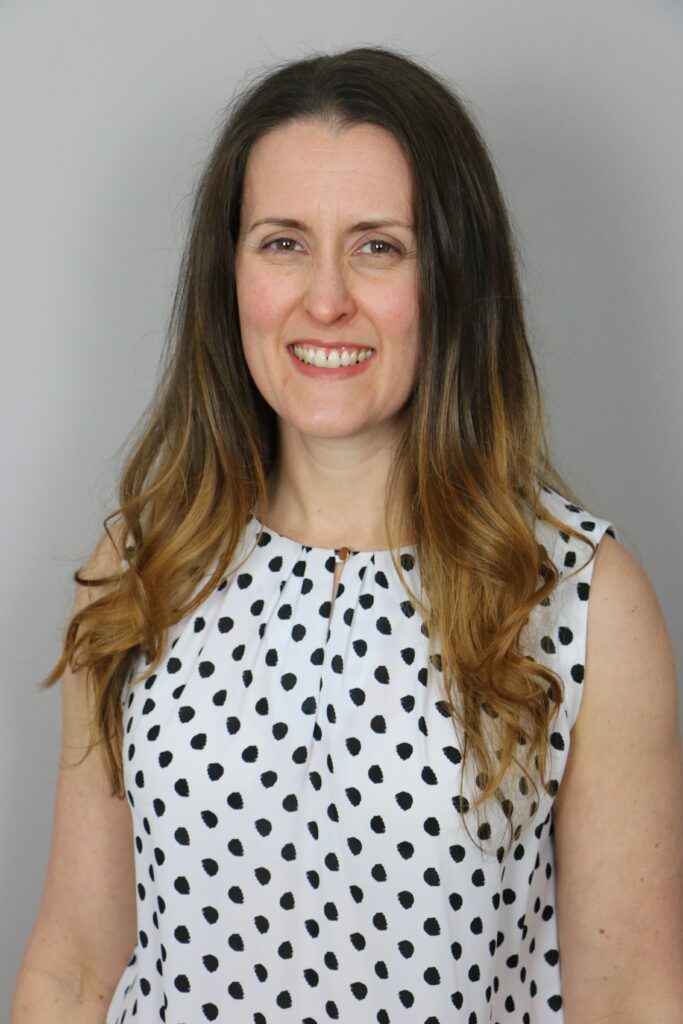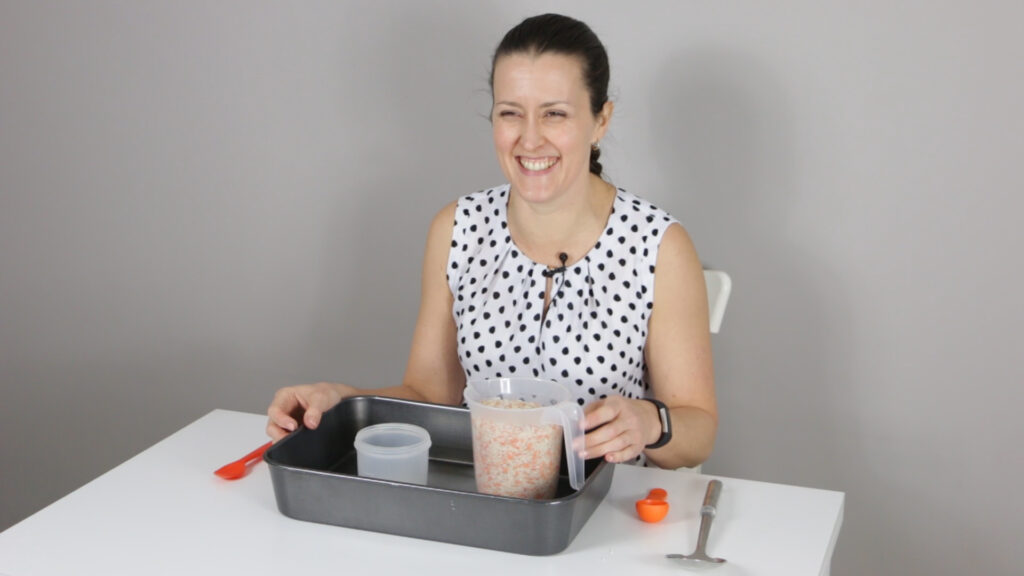Written by Kim Griffin, occupational therapist, founder of GriffinOT, and 2021 winner of the Cambridge Social Innovation Prize.
Reflecting on twenty years of practice
October 2021 marked twenty years since I went on my first paediatric placement as an occupational therapist. I had no idea at the time, how foundational that time with the Rockhampton children’s development team would be. I was 21 and a sponge soaking up every piece of information my supervisor said.
The children’s team provided initial diagnosis and supports for children with delays and disabilities. The clinic room was full of all sorts of sensory equipment from swings to giant therapy balls. It was here I had my first encounters with autistic children and their sensory needs. I had opportunities to help children with their handwriting, balance and dressing skills. And, I got to be involved with groups which helped children to learn to play. During those seven weeks, I cut my teeth as a student children’s occupational therapist and I loved every second!

Early beginnings
When I graduated, through pure circumstances at the time, the first job I took was again in paediatrics. This time, early intervention, or working with children under the age of five. I was supported by a strong team and I got to learn so much about child development and play. The experiences led me to the paediatric position at the hospital where I stayed for two years.
Despite loving working in paediatrics, there was always this nagging voice at the back of my head asking whether it was ‘the right place for me’. So, when I moved to the UK I took a variety of short term contracts working with adults. But, I always ended up back working with children.
An opportunity to set up a new early intervention team in Dublin caught my eye. Between me getting the job and arriving in Dublin, there was freeze on further employment, so I was the only member of the team. This meant that I was put into an adult community post for a year. It was during this year, that I realised that I was at heart a children’s therapists! And, I have been working with children ever since.
A change in thinking
As my career progressed, I started working in private practice. In private practice, there are many more opportunities to provide a tailored service which is not driven by waiting lists or arbitrary service restrictions (e.g. you can only have three sessions). During this time, I saw further restrictions to the NHS services. I also started working with children I would not ordinarily see because they had access to private therapy through government funding.
I was becoming acutely aware of the lack of access to services. I knew that I was repeating myself to quite a lot to new families. And, at the same time was using video more and more to show parents the activities they could continue at home. This got me thinking – What if I moved my knowledge online? How many more children could I help to be understood? How many more children could I help succeed?
In 2021, following the shift to online during Covid pandemic, an online approach to support probably didn’t sound very innovative. But in 2017, there was no online sensory training for educators and families. There was some face to face training, but this was often difficult for families to access due to time, cost, or location constraints. I knew that by moving my knowledge online, I would be able to reach so many more families than I could working with one child at a time. I could even help children whilst I was sleeping! And, the concept of an online arm of GriffinOT was born.
Since this time, more than a quarter of a million people have accessed support from the GriffinOT website. And, over 13,000 people have accessed our training. We have preliminary impact measures in place and plan to report our progress annually in our Impact Report.
Winning the Cambridge Social Innovation Prize
Some parts of my brain some would like to attribute being a 2021 award winner of the Cambridge Social Innovation Prize to luck. However as the Roman philosopher Seneca said, ‘Luck is where preparation meets opportunity.’ I know my 21-year-old self wouldn’t have even imagined that I would be in Cambridge twenty years later accepting an award for social innovation in children’s occupational therapy. However, I know that the seeds for my journey to making occupational therapy supports accessible for all children were planted during that placement.
The prize made me reflect on what I would like the next twenty years to look like. My goal is that no child needs to wait for access to universal occupational therapy supports. I want to ensure that educators, professionals, and parents have immediate access to the information to help them understand and the supports they need to help their children.
With part of the prize money, I started my Masters with the goal of completing my PhD. In the next twenty years, I want to show the impact that these supports can have and to ensure they are embedded into the health, social care and education system policy.
Learn more about Kim’s work – https://www.griffinot.com/
Apply for the Cambridge Social Innovation Prize
The Cambridge Social Innovation Prize bridges the gap between rising star and lifetime achievement awards by focusing on social entrepreneurs who are at the mid-career stage. The award judges know that often the individuals applying have been so focussed on their social impact, they have not had time to invest in their own professional development to the detriment of their potential social impact.
Now in its sixth year, the prize is the cornerstone of an ongoing collaboration between Cambridge Centre for Social Innovation at Cambridge Judge Business School and Trinity Hall, one of the oldest colleges at the University. Supported by a generous donation from University of Cambridge (Trinity Hall) alumnus Graham Ross Russell.
Anyone wishing to apply can view the criteria and application forms via prize website – https://www.jbs.cam.ac.uk/faculty-research/centres/social-innovation/cambridge-social-innovation-prize/



Leave a Reply